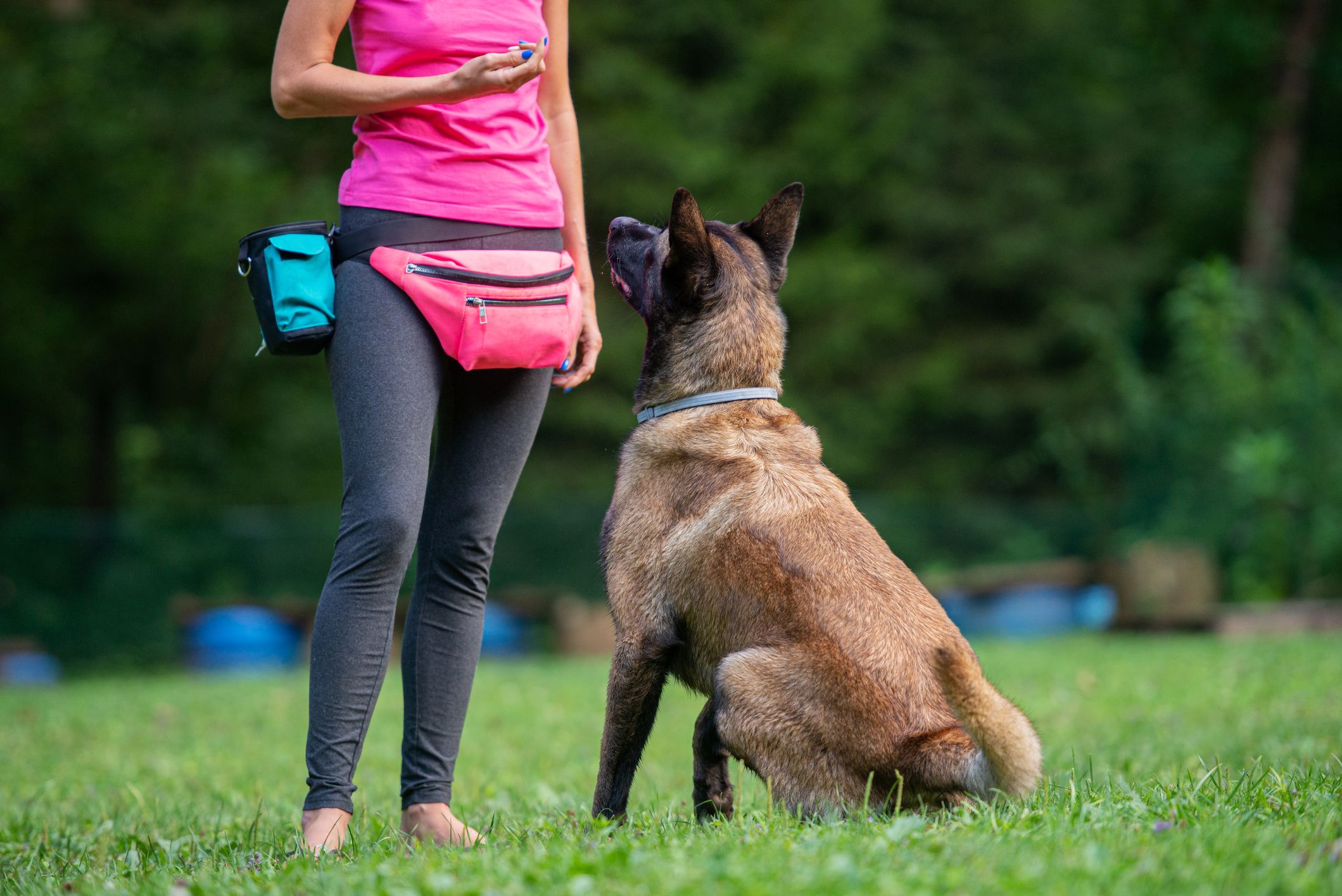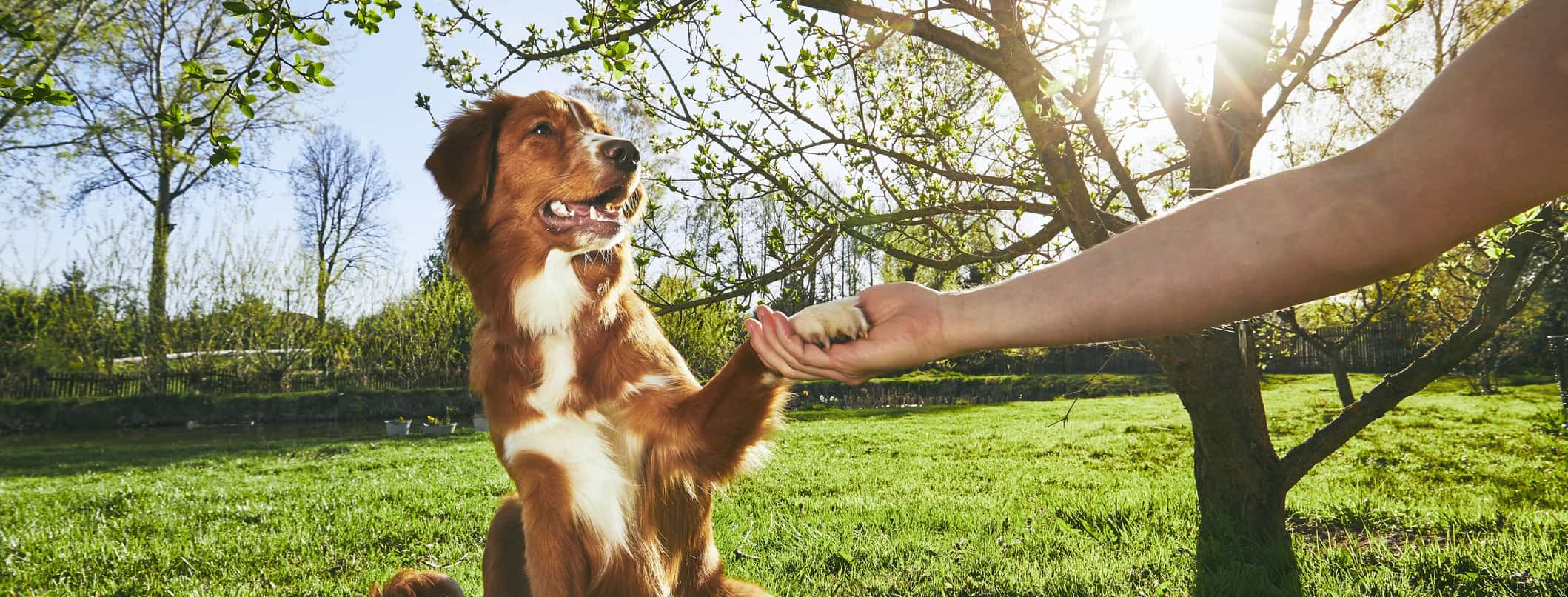The Benefits of Very Early Dog Training for a Mannerly Animal
The Benefits of Very Early Dog Training for a Mannerly Animal
Blog Article
Important Tips for Effective Dog Training: An Overview for Animal Owners
Effective canine training is a complex process that needs a strategic technique customized to both the family pet's temperament and the proprietor's objectives. Trick components such as establishing consistent commands, using favorable support, and helping with early socialization play crucial duties in fostering a well-adjusted canine friend. Nonetheless, lots of pet dog proprietors run into obstacles that can prevent development, causing stress and unpredictability. Understanding how to navigate these barriers can substantially improve the training experience, eventually changing the partnership between owner and pet. What are the necessary methods that can be employed to ensure success in this undertaking?
Comprehending Canine Actions
Understanding pet actions is vital for efficient training and fostering an unified connection between pooches and their owners. dog training. Canines interact mostly via body language, articulations, and activities, making it crucial for owners to interpret these signals accurately.

Socialization plays a substantial function in dog actions; exposure to numerous environments, individuals, and other pets can dramatically influence a pet dog's personality. Variables such as type characteristics and individual personality ought to direct training techniques, as some breeds might have certain behavior characteristics that require tailored methods. By recognizing these components, proprietors can create an encouraging environment that motivates favorable behavior, resulting in successful training outcomes and a much deeper bond with their animals.
Establishing Constant Commands
Effective communication with your dog starts with establishing constant commands. This fundamental aspect of training is essential for fostering understanding in between you and your pet. Uniformity in the commands you utilize ensures that your pet dog can dependably connect particular words or phrases with the wanted actions.
When choosing commands, pick clear, distinct words that are very easy to set apart and say from each other. Stay clear of using similar-sounding commands that may confuse your canine. For instance, using "sit" and "remain" is appropriate, however "rest" and "struck" could cause misconceptions.
Additionally, keep the very same tone and volume for each command. Pet dogs are delicate to singing cues, so varying your tone can produce complication.
It is similarly vital to guarantee that all member of the family are on the exact same web page relating to the commands made use of. A united front in command usage will certainly protect against mixed signals and strengthen the understanding process.
Positive Reinforcement Methods
The power of favorable reinforcement in canine training lies in its ability to urge preferred actions via incentives and praise. This method is grounded in the principle that behaviors adhered to by positive end results are most likely to be repeated. By integrating favorable reinforcement into your training routine, you can successfully form your dog's actions in a useful way.
To carry out favorable reinforcement, it's important to determine what motivates your pet, whether it be treats, toys, or verbal appreciation. When your pet dog carries out a preferred action, such as remaining on command, right away award them with a treat or love. This organization between the command and the positive end result strengthens their understanding.
It's crucial to timing the benefits appropriately; providing the reinforcement within seconds of the wanted actions helps your pet make the connection (dog training). Furthermore, uniformity is key-- make sure that all household members utilize the very same commands and benefit systems to stay clear of confusion

Gradually, you can minimize the regularity of treats as your canine finds out the behavior, transitioning to commend or intermittent incentives. This method not just cultivates a strong bond between you and your pet dog yet likewise advertises a favorable learning environment, making training a satisfying experience for both.
Socialization and Communication
Constantly subjecting your pet to a variety of atmospheres, individuals, and various this page other pets is important for their social growth. Socializing should begin early, preferably during the crucial home window of 3 to 14 weeks, when pups are most receptive to new experiences. Older pets can also benefit from ongoing socialization efforts.
Introduce your dog to different settings, such as parks, pet-friendly stores, and metropolitan areas. This direct exposure aids them adjust to various stimuli, minimizing anxiousness and fear reactions. Encourage favorable communications with other dogs and individuals, ensuring that these experiences are risk-free and controlled to promote self-confidence.
Utilize organized playdates with well-mannered pets, as this can improve your dog's social abilities and teach them ideal habits. Obedience courses and training sessions likewise provide superb chances for socialization, enabling your dog to engage with others in a supervised environment.
Monitor your dog's body language during interactions, as this will assist you assess their comfort level. Progressively raise exposure to more challenging circumstances while ensuring that each experience is positive. A well-socialized canine is more most likely to show well balanced habits, making them a delight to have in any setting.
Attending To Typical Training Challenges
Every pet dog owner will certainly run into training obstacles at some factor, regardless of their dog's websites age or socializing level. Identifying usual issues such as stubbornness, diversions, and fearfulness can help in creating efficient approaches for improvement.

Gradually present disturbances as the pet dog ends up being a lot more efficient in commands. Short, regular training sessions are likewise efficient in preserving interest.
Fearfulness can hinder a dog's knowing process. Progressive desensitization to the source of anxiety, paired with favorable support, can help ease anxiousness. Patience Full Article is crucial; never require a dog into a situation that triggers distress, as this might exacerbate the concern.
Inevitably, understanding and addressing these typical obstacles with an organized approach will certainly foster an extra efficient training experience, enhancing the bond between pet and proprietor while advertising effective learning.
Conclusion
In recap, effective dog training relies on a detailed understanding of canine behavior, the facility of consistent commands, and the application of favorable reinforcement methods. Socialization plays a crucial function in developing well-adjusted pet dogs, while dealing with usual training difficulties calls for persistence and versatility. By applying these necessary strategies, pet dog owners can cultivate a strong bond with their dogs and promote desirable actions, ultimately leading to an unified connection in between human beings and their canine friends.
Understanding pet habits is crucial for reliable training and cultivating a harmonious connection between pooches and their proprietors.Socialization plays a considerable function in pet actions; exposure to various atmospheres, individuals, and various other pets can considerably influence a pet's temperament.The power of favorable support in dog training lies in its capacity to encourage wanted actions through rewards and praise. By incorporating positive reinforcement into your training program, you can properly form your pet's behavior in a constructive manner.
In summary, successful pet dog training counts on an extensive understanding of canine habits, the establishment of constant commands, and the application of positive reinforcement methods.
Report this page